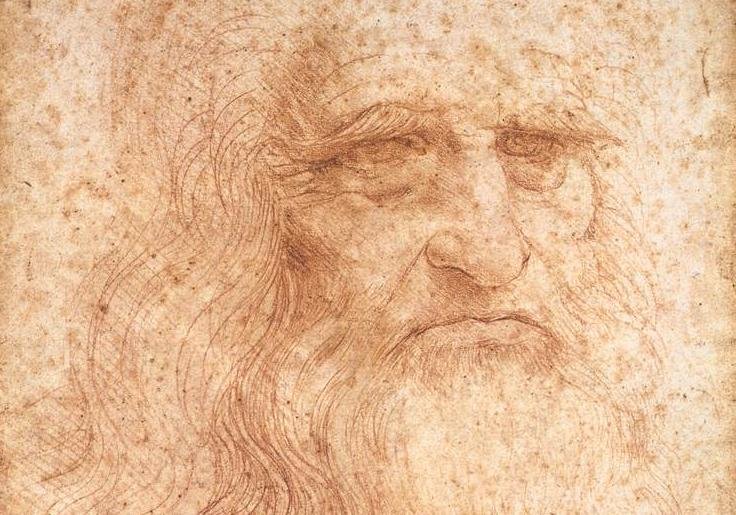
Leonardo Da Vinci from 1466-1476
One early story of Leonardo’s skill as an artist was told by Giorgio Vasari in his 1568 book Lives of the Artists, a peasant of his father’s estate made a buckler (small shield) and wished to have it painted. Ser Piero, Leo's father, agreed and gave it to Leonardo and told him to paint something upon it. He smoothed the crude shield and prepared it for painting while he thought about what to put on it. Leo decided that something terrifying, similar to the head of Medusa so as to scare whoever saw it. He painted a beast with parts of all manner of animals - lizards, grasshoppers, bats, snakes, crickets, butterflies - that was ” belching forth venom from its open throat, fire from its eyes, and smoke from its nostrils, in so strange a fashion that it appeared altogether a monstrous and horrible thing”
It was so frightening that when his father first saw it, took a step back aghast. Leo said “ This work serves the end for which it was made; take it, then, and carry it away, since this is the effect that it was meant to produce.” His father sold the piece to some merchants in Florence for 100 ducats, which was then said to have been sold to the Duke of Milan for 300. Ser Piero bought another buckler already painted with a heart transfixed by an arrow to give to the peasant, making himself a tidy profit.
Arguably, it was this experience (if factual) that could have been the catalyst for Leonardo’s father to secure him an apprenticeship to the artist Andrea di Cione, known as Verrocchio. His father might have been able to do this through his connections to the clergy and the Medici family, as these two groups were most of Verrocchio’s clients (Verrocchio was was the official sculptor of the Medici family). In 1466, at fourteen years old, Leo became a studio boy to a workshop that was known as one of the finest in Florence.
Verrocchio’s workshop was part of the Guild of St Luke, a guild from the low countries, and one that did not exist in Italy, per se. In Italy, painters officially belonged to the guild of Doctors and Apothecaries (not totally outrageous as it seems at first glance, as spice merchants were also part of the guild and both them and apothecaries supplied pigments) while sculptors were part of the guild of Masters of Stone and Wood. But during the early 14th century Florentine painters were granted limited independence to form the Company of St. Luke (Luke was both a doctor and an artist in his lifetime), a religious confraternity.
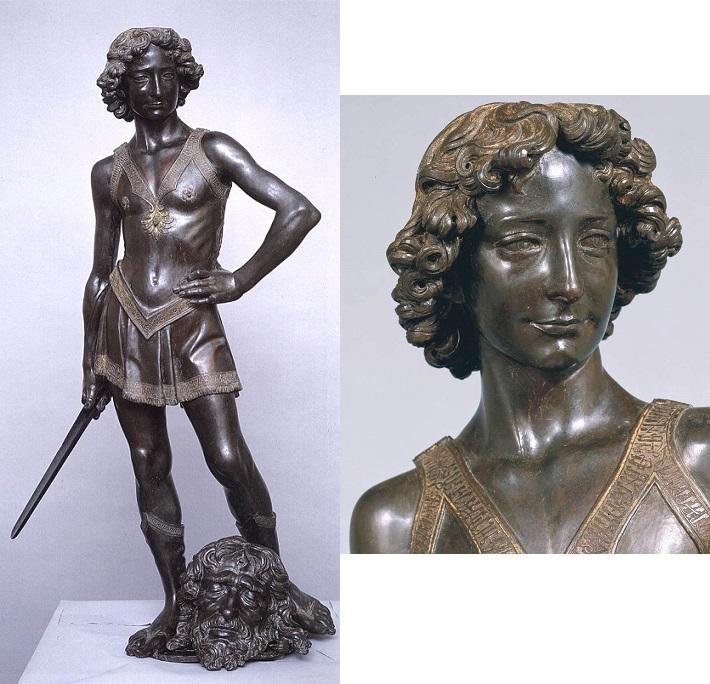
As an apprentice in a renaissance workshop, Leonardo would have had to fetch ingredients and mix paints, prepare panels, clean, run errands, be a model and learn the skills of being an artist. Apprentices learned how to draw by copying existing art (these collections became valuable as a means to view different motifs), next was to draw busts and statues to grasp how to convert a 3D image into 2D, and finally they worked with live models – often the job of another apprentice.
Parents had to pay for their sons’ keep (lodging and meals), but the master was obliged to pay wages commensurate with the skill of the employee. Typically an apprenticeship lasted between 3-5 years, when they would pass on to journeyman level they could work for any guild member. After they submitted a piece that demonstrated their mastery (called the masterpiece) and it was approved by the guild and had accumulated enough money to pay the guild fee, they would become a free Master. At this level the artist could have their own workshop and apprentices, as well as sell their work and the work of others. Leonardo would become a free Master in 1472, at age 20, although he continued to work with Verrocchio.
In addition to cultivating his creative side, at his years spent at the workshop he would have been exposed to a large range of technical skills that would help him throughout his life. In addition to the obvious drawing, painting, and sculpting he would have been around carpentry, stone & metal & leather working, mechanics, casting and metallurgy, drafting, and chemistry. All these skills are were needed during his life’s work.
Leonard’s first known collaboration is Verrocchio’s Baptism of Christ(1472-1475), most people agree that Leo painted the leftmost angel and some of the background around it. An X-ray of this piece showed that Da Vinci’s brushstrokes are much lighter than those of his master, I will leave it up to you to decide which angel you think is better drawn.
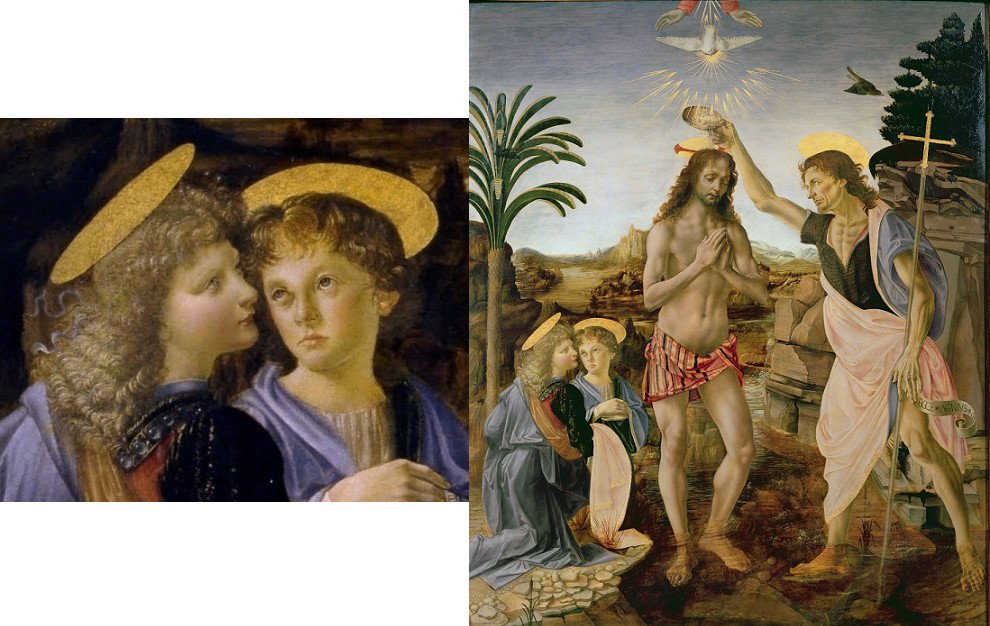
Vasari wrote in his book that “Verrocchio was so impressed with his pupil's work on the angel that he grew ashamed of his own talents, and swore never to paint again.” He did indeed give up painting, but Verrocchio was primarily an excellent sculptor and had always preferred to do that, so when he saw the skill of Leonardo he may have seen fit to let Leo handle the painting for the shop. This could also explain why there are no known sculptures by Leonardo, even though it is known he studied sculpting in the studio.
Most early works of Da Vinci are collaborations, as that is how many pieces were completed during the Renaissance. His earliest known solo surviving work, a sketch, dates to August 5th, 1473. It is a landscape with buildings of the Arno Valley; he must have been wandering the countryside during the feast of St. Mary which was held on that day. The picture stands out in its sensitivity to light and space on its geologic and botanic details.
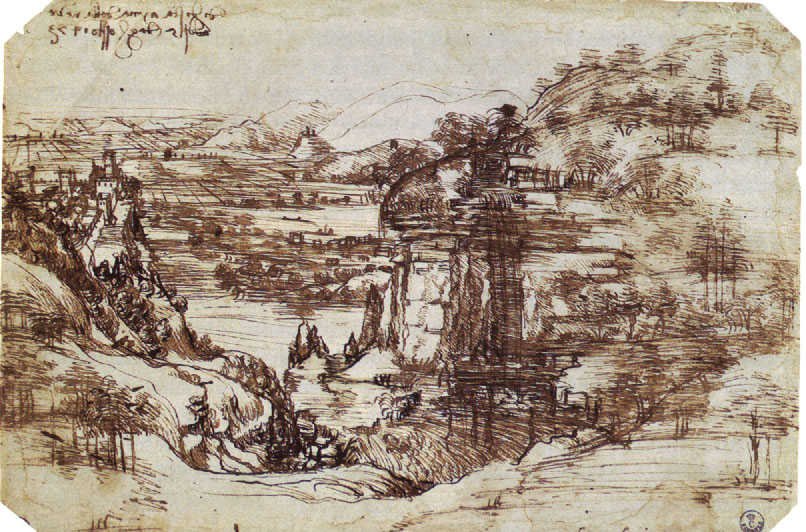
Leonardo is credited with 22 paintings and murals during his life, although the number of possibilities is much higher. I have created a gallery of his generally or universally accepted works here.
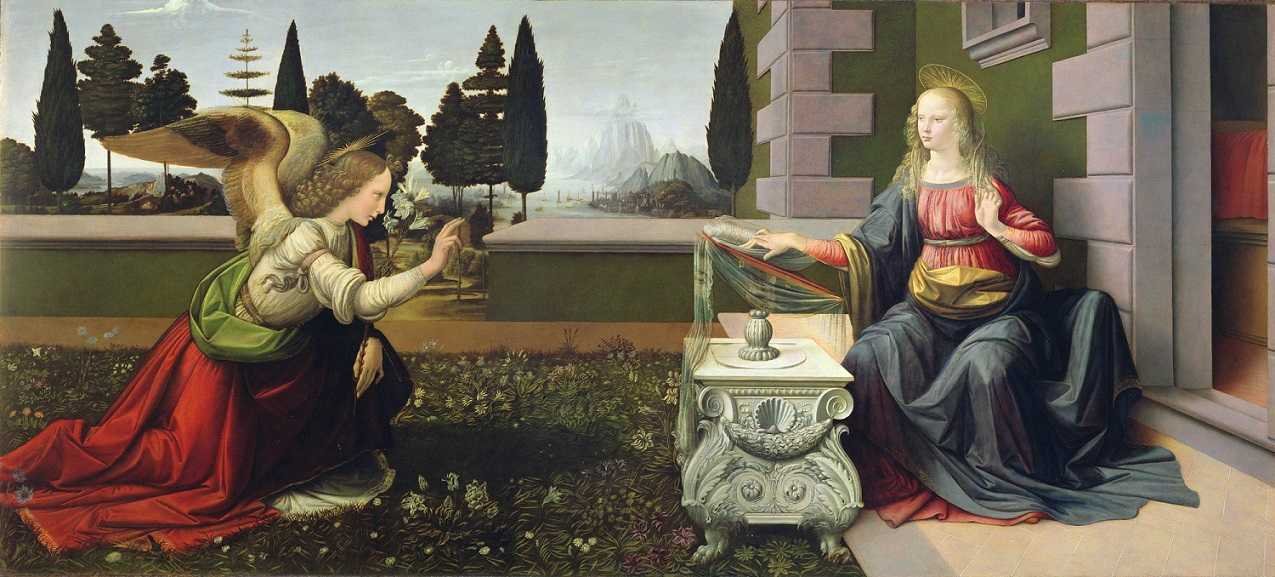
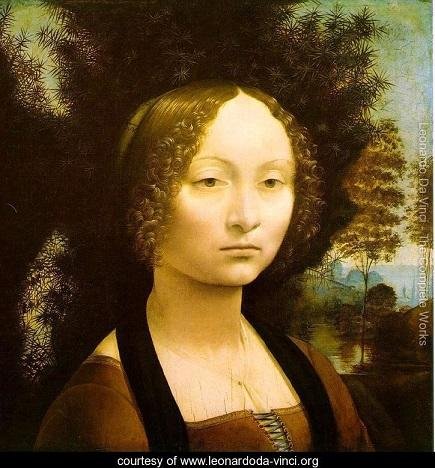
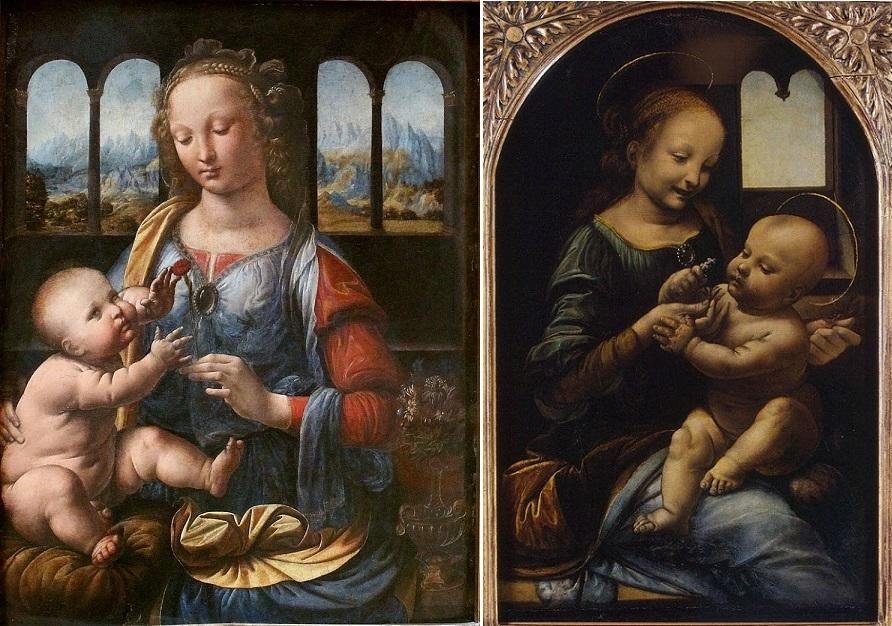
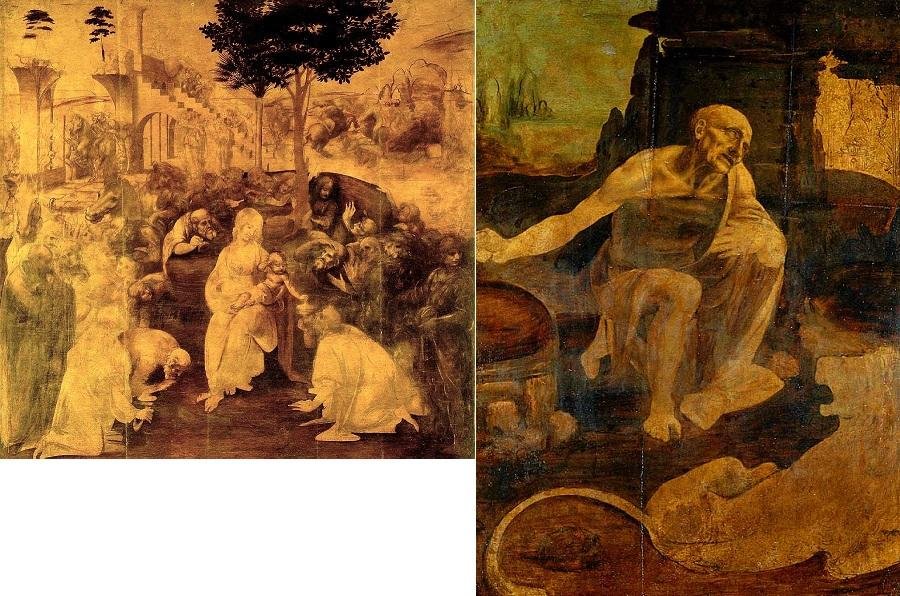
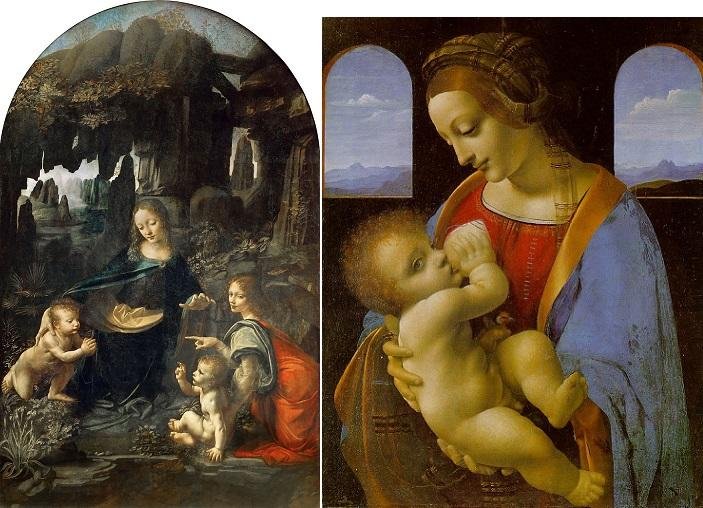
Madonna Litta c.1490 – Attributed to Leonardo and another artist. Depicts the Madonna breastfeeding the baby Jesus.
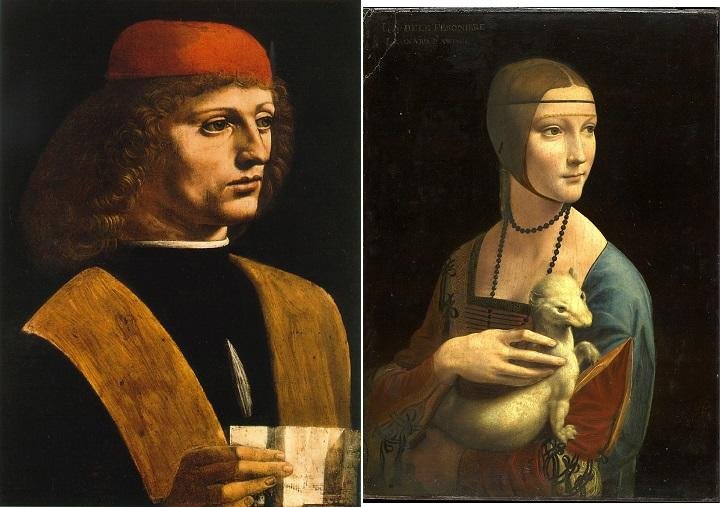
Lady with an Ermine 1489/1490 – Portrait of Cecillia Gallerani when she was the mistress of the Duke of Milan.

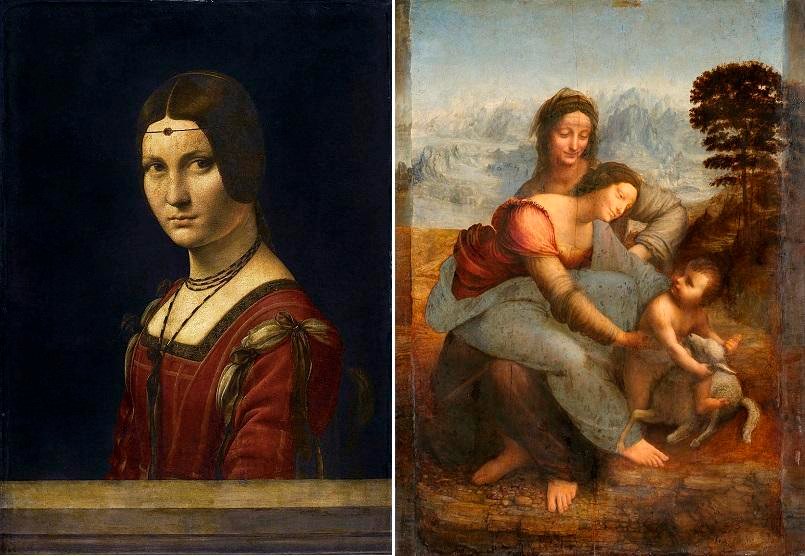
The Virgin and Child with St. Anne c.1503 – Depicting St Anne, her daughter the Virgin Mary, and the toddler Jesus grappling a lamb.
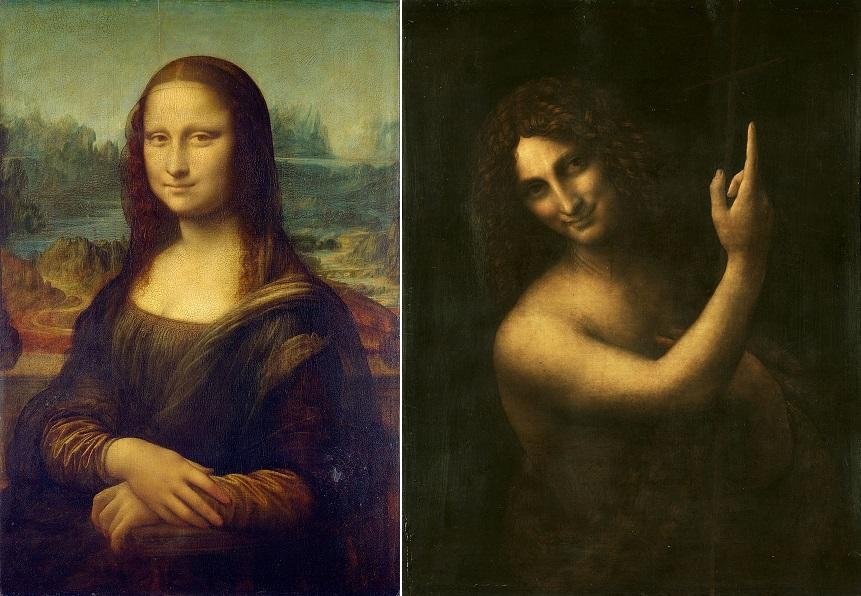
St. John the Baptist 1513/1516 – Believed to be his final painting. Exhibited at the Louvre.
